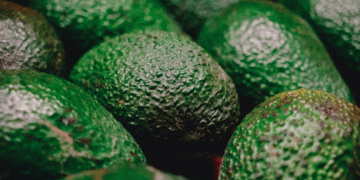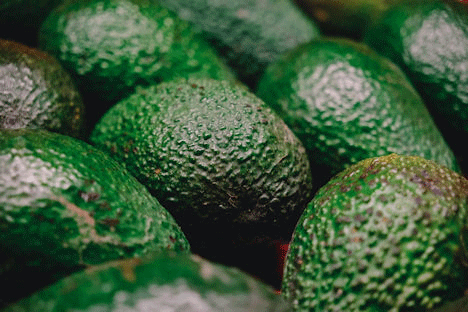In July 2024, Peru’s avocado industry experienced a notable shift: while the export volume of avocados decreased by 9% compared to the same month in 2023, the total value of these exports rose significantly by 32%. According to data from Agraria.pe, Peru shipped 114,182 tons of avocados, generating $245.2 million in revenue. This unexpected rise in export value can be attributed to a sharp increase in the average price per kilogram, which climbed by 45%, reaching $2.15 per kg.
The Dutch Market: A Key Player with Mixed Results
The Netherlands maintained its position as the top destination for Peruvian avocados, absorbing 30% of the total exports. In July 2024, Peru shipped 32,410 tons of avocados to the Dutch market, down by 12% from the previous year. Despite the decrease in volume, the value of these exports surged by 48%, totaling $73.4 million. This growth in export value is largely due to a 68% increase in the average price, which rose to $2.27 per kg.
The Dutch market’s ability to absorb high-quality, premium-priced avocados despite a drop in quantity reflects a broader trend toward higher demand for premium products in Europe. The increase in price, along with slight changes in consumer demand, indicates a shift in market dynamics, where quality is beginning to outweigh quantity for many buyers.
The U.S. Market: Volume Drops, Value Increases
The United States, the second-largest importer of Peruvian avocados, accounted for 22.5% of the country’s total avocado exports in July 2024. Peru sent 24,235 tons of avocados to the U.S., marking a 21% decline in volume compared to the same period in 2023. However, the value of these exports still rose by 4%, reaching $55.3 million. The average price per kilogram increased by 32%, reaching $2.28 per kg.
While U.S. demand for Peruvian avocados may have softened in terms of volume, the higher prices reflect a stable consumer base willing to pay more for the fruit. Rising transportation and labor costs, coupled with consistent demand from health-conscious consumers, are likely behind this price increase.
Spain: A Bright Spot with Growing Demand
Spain emerged as the third-largest market for Peruvian avocados, and unlike other markets, it experienced growth in both volume and value. Peru exported 23,909 tons of avocados to Spain in July 2024, up 14% from the same period the previous year. This volume growth drove a 77% increase in the total value of exports to Spain, which reached $51.5 million. The average price per kilogram also surged by 55%, rising from $1.38 to $2.15 per kg.
Spain’s growing share of the Peruvian avocado market, from 15.6% to 21%, reflects the country’s increasing demand for avocados, which are becoming a staple in Spanish diets. This market expansion demonstrates the potential for further growth in European countries outside of the traditional markets like the Netherlands.
Factors Behind the Price Surge
Several factors contributed to the sharp rise in avocado prices, despite the overall decline in export volume:
- Global Market Trends: Avocado demand remains high in key markets, particularly as the fruit becomes more popular due to its health benefits. Consumer demand for high-quality, organic, and sustainably grown produce is also pushing prices higher.
- Production Challenges: Weather conditions, labor shortages, and increased transportation costs have contributed to the price hike. Furthermore, the cost of maintaining avocado orchards, particularly in regions affected by water scarcity, has added to the production costs, which are passed on to consumers.
- Supply Chain Adjustments: The Peruvian avocado industry has improved its supply chain resilience, focusing on quality control and better post-harvest handling, which has resulted in higher quality avocados and higher prices.
Peru’s avocado export performance in July 2024 illustrates a significant shift in market dynamics. Although the total export volume decreased by 9%, the sharp rise in the average price per kilogram led to a 32% increase in total export value. This trend was especially evident in markets like the Netherlands, the U.S., and Spain, where higher prices compensated for lower volumes. As consumer preferences continue to lean toward premium quality and organic options, Peru’s avocado industry is well-positioned to capitalize on these trends, though it must remain mindful of the challenges posed by production costs and market fluctuations.
































